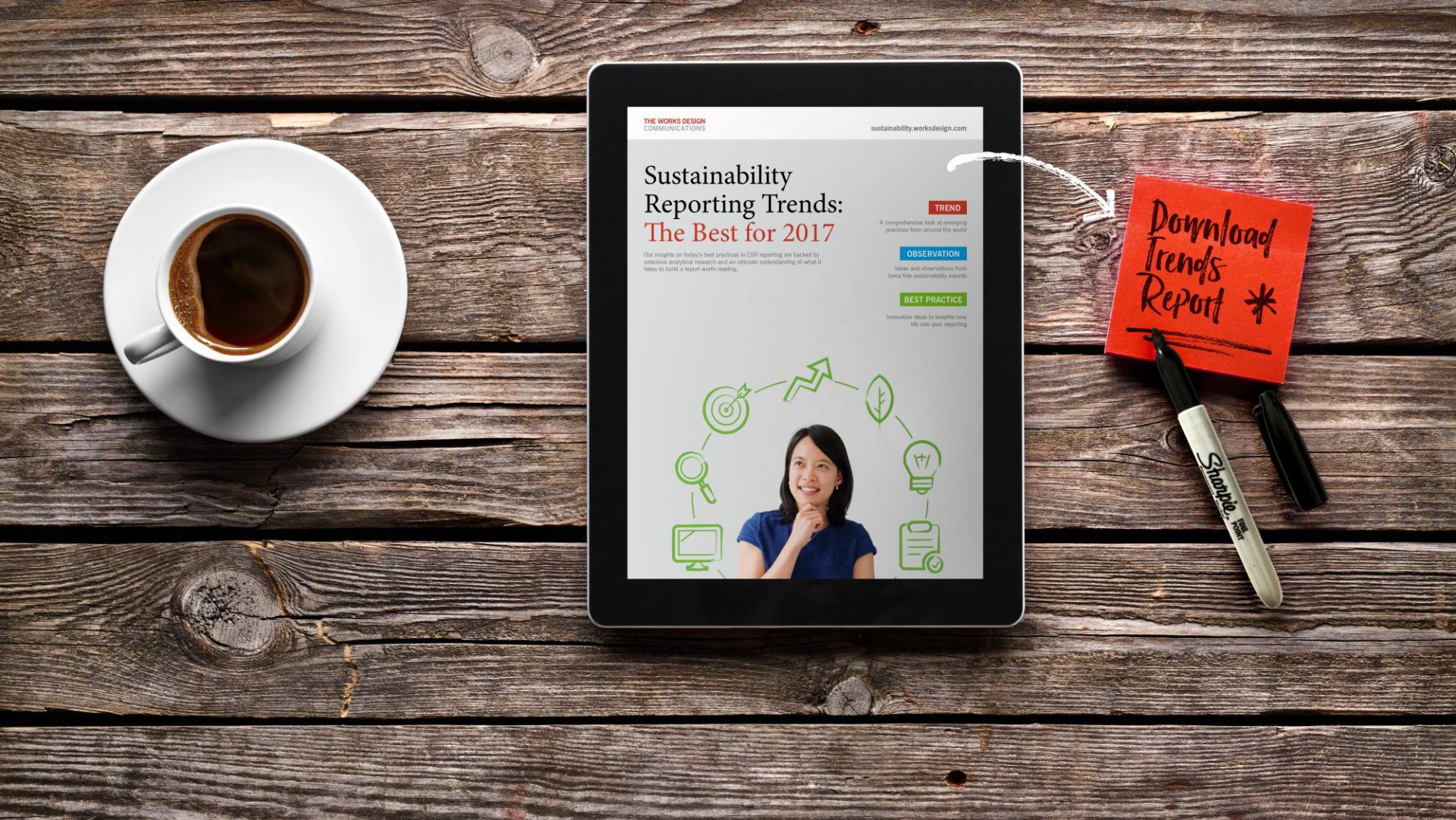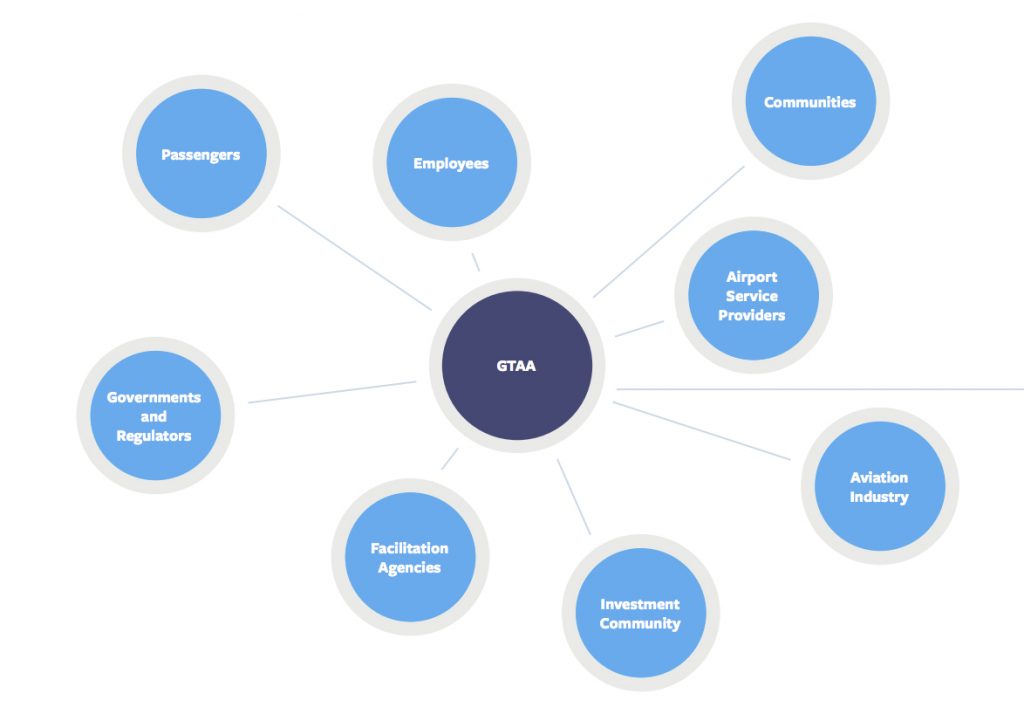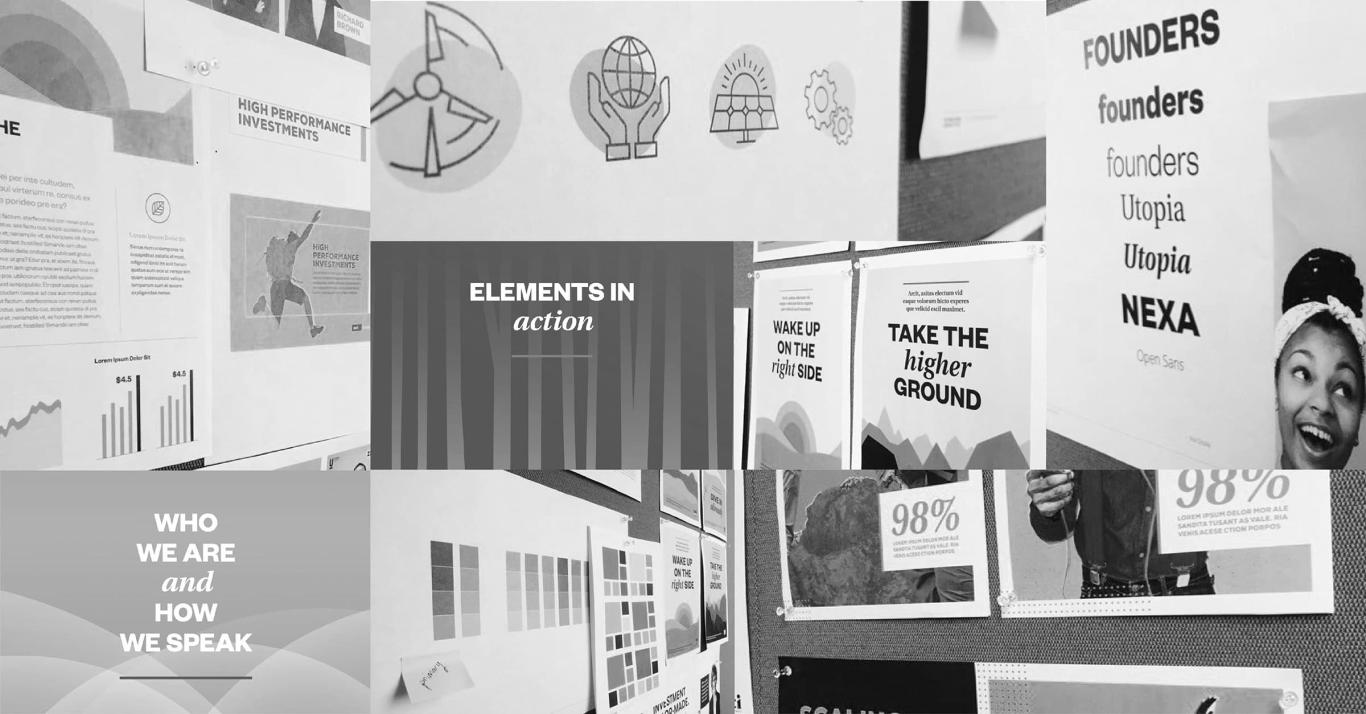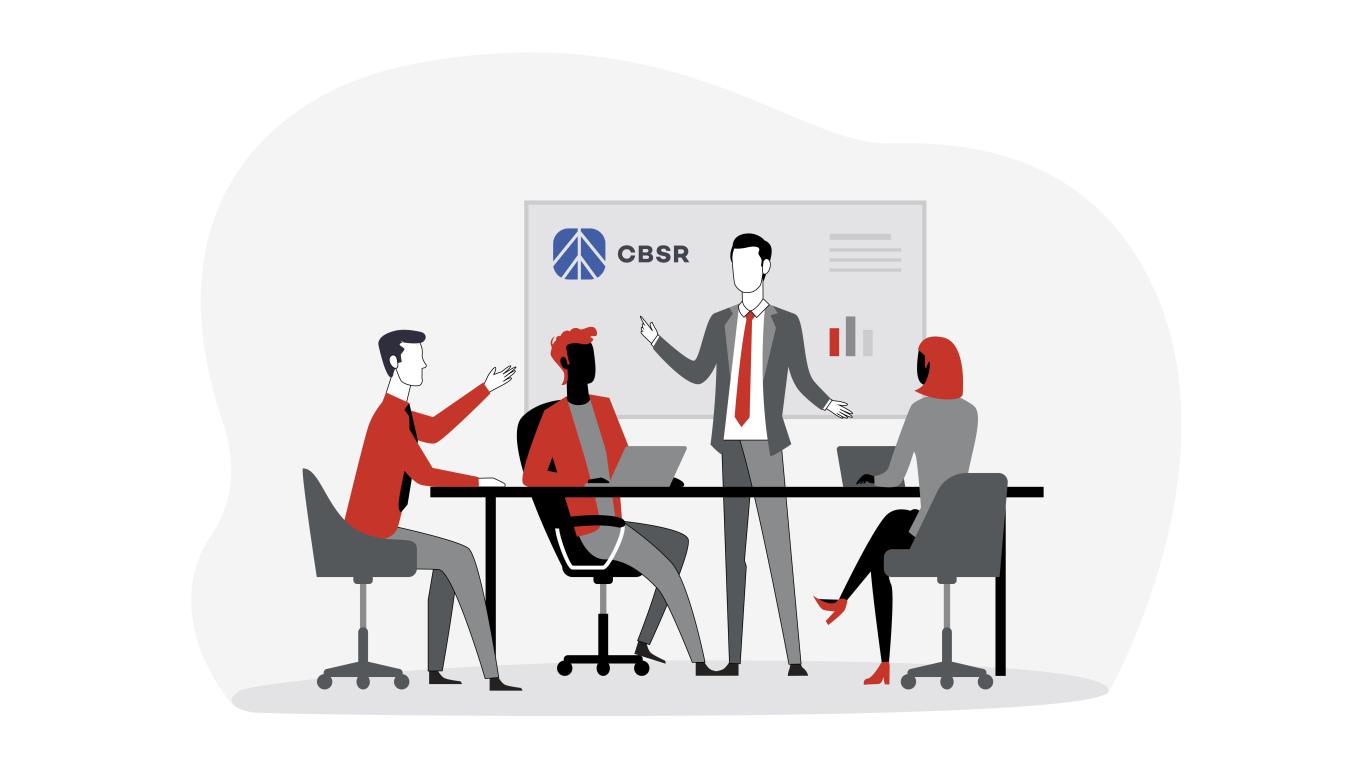Ask an Expert: Hillary Marshall on Integrated Reporting

We asked Hillary Marshall, Vice President, Stakeholder Relations and Communications at the Greater Toronto Airports Authority, to weigh in on integrated reporting.
Why should companies make the move to integrate?
It’s simple: An organization is more to its stakeholders than financials alone. A complete picture of the company’s ability to create sustainable relationships and sustainable profits comes from a comprehensive approach to the environmental, social and financial health of the organization. That’s why an integrated report is essential.
Reporting of any kind is no easy feat. What unique challenges have you faced in taking an integrated approach?
We often find that the timing of data, specifically for CR metrics, doesn’t neatly align with financial data or our publication/Annual Public Meeting schedule. We’re getting better at this but it can still be a challenge. Based on trends over the year, we have a reasonably good sense of how some metrics will be reported (energy/resource use, etc.), but other metrics don’t get finalized until after the end of the fiscal year, making it difficult to develop meaningful analyses and thoughtful narratives in time for the reporting cycle. As a result, we sometimes rely on the numbers doing the speaking for us when we don’t have the capacity to go deeper with fact-based stories.
Additionally, with such a diverse group of stakeholders, it can sometimes be a challenge to know what to report. Different groups want to know about different topics so there’s a need to be strategic about the areas on which we focus. Stakeholder surveys are one tool that the Strategy team undertakes to get a pulse on what matters to readers. Other surveys, such as Gen Pop and Key Influencer, also help to inform the content of our reports.
It can also be challenging to present the data in a measurable, meaningful format that allows for an apples-to-apples comparison with other airports to gauge the effectiveness of our operations. Related to this, sustainability reporting is still relatively new and many of the metrics we track are not as mature as other metrics, such as financial data. Again, we’re getting better in this area, largely through standardizing what gets reported.

This figure depicts the stakeholder groups the GTAA regularly engages with to assess whether they are on track to become “the
best airport in the world.”
On the flip side, what are the benefits of an integrated approach to reporting?
Being able to offer, at a glance, all-in-one holistic reporting is certainly a benefit. All pieces of our reporting—an overview of activities, corporate goals, financial statements, and factual analyses—are housed in one document for easy cross-referencing and for a more complete picture of Canada’s largest airport. Adding on the layer of the CR report rounds out the picture and offers an overarching view of the triple bottom line (social, environmental, financial).
We follow the Global Reporting Initiative (GRI) framework for CR reporting. Taking it one step further and showing passion for and commitment to authentic CR reporting, the GTAA participated in developing industry-specific guidelines for airports that report on their sustainability performance. For the past couple of years, we have adhered to principles and guidelines outlined in the Airport Operators Sector Supplement. We’ve received positive feedback from industry organizations such as Airports Council International, particularly given the fact that we are the first airport in North America to produce an integrated report of this nature.
You can and should follow Hillary on Twitter, and be sure to visit the GTAA’s latest integrated Annual Report: Pearson Connects.




